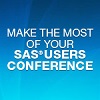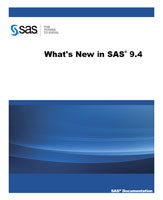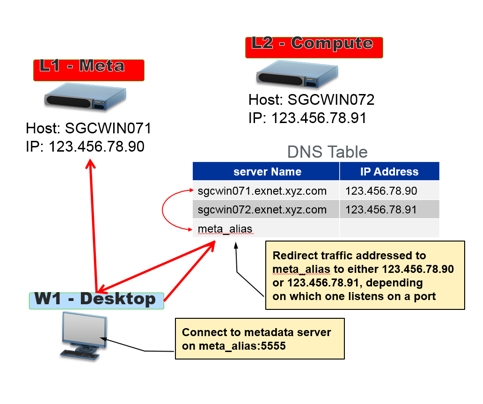
Professional development, popularity, untold fame: the benefits of submitting a paper to a SAS conference are certainly varied and widespread! In a recent SAS Users LinkedIn discussion started by David Corliss, avid SAS users and former presenters discussed their motivations for writing, researching and presenting papers. From the many wonderful













